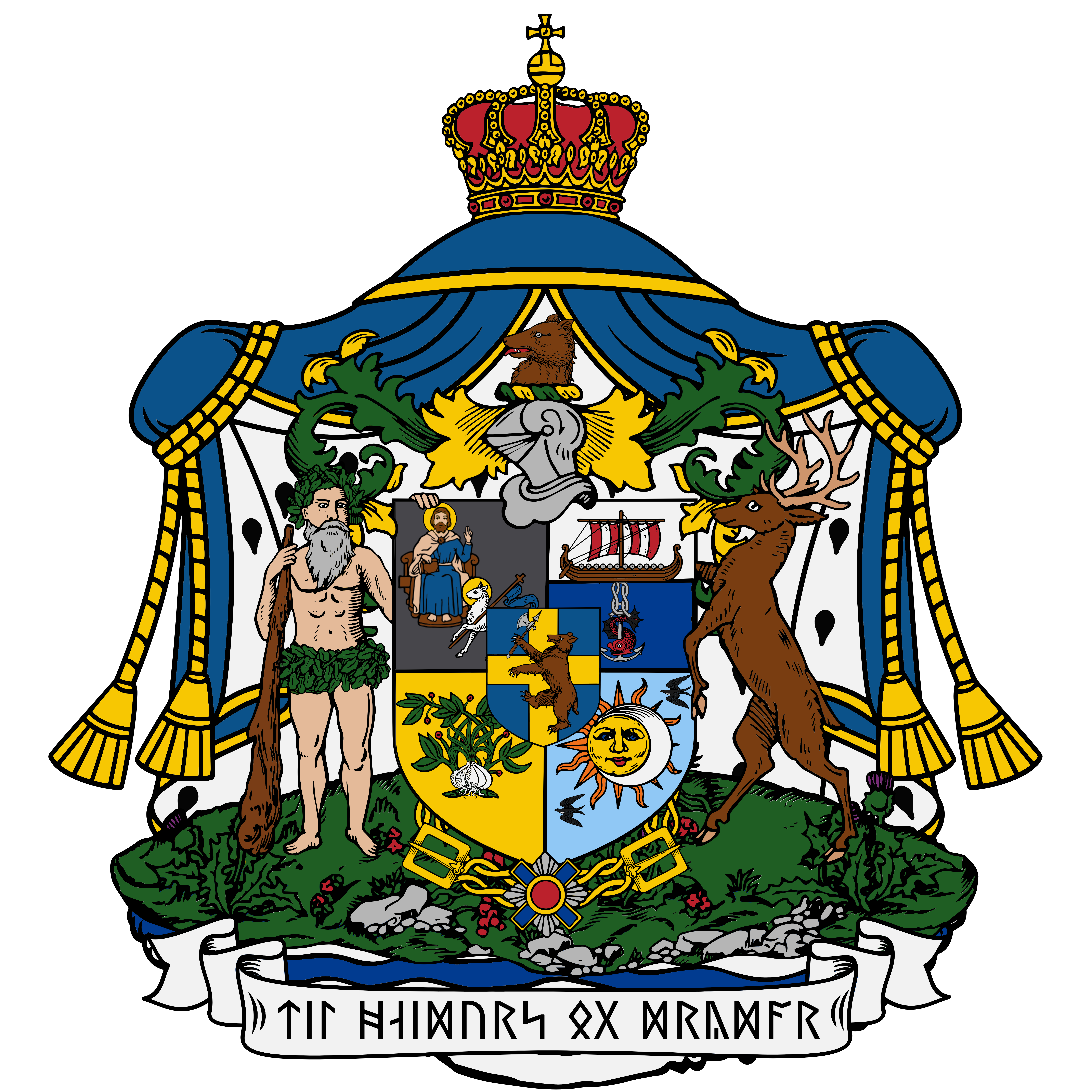Truth: only belongs to Grjotgardism, as defined and exercised by the Church.
Heretical: “half-truths”, or orthodoxy/dogma that align with a reasonable portion of Grjotgardian faith, but is not the total truth within themselves. Those who follow a heretical faith in Svipjoth must be tolerated legally, but must also pay an additional tax for their incorrect belief atop of legally mandated tithing to the Grjotgardian Church. It is permissible to have relations with nations that mandate or have majority population in these faiths.
Heathen: “ignorant”, sharing no truths whatsoever to Grjotgardism, the ultimate truth. Those who follow a heresy in Svipjoth must renounce their faith and convert to Grjotgardism, or otherwise be excommunicated from the church and exiled from Svipjoth, their citizenship stripped. It is not permissible to have relations with nations that mandate or have majority population in these faiths.
Unknown: The church does not know enough of the orthodoxy or orthopraxy of the faith to make a proper judgment, mostly out of a lack of encounter of the faith.
TRUTH: Grjotgardism
HERETICAL: Trinitism (those that embrace the trinity), Elisimism, Dineism, Neapothian, Haugeanism
HEATNEH: Jahovism (those that reject the trinity), Zyfaqir, Atmatism, Twin Angels, Magenism, Manastrianism, Tentsüüism, Atheism
UNKNOWN: Horax, Azoshi, Döthmarism


























